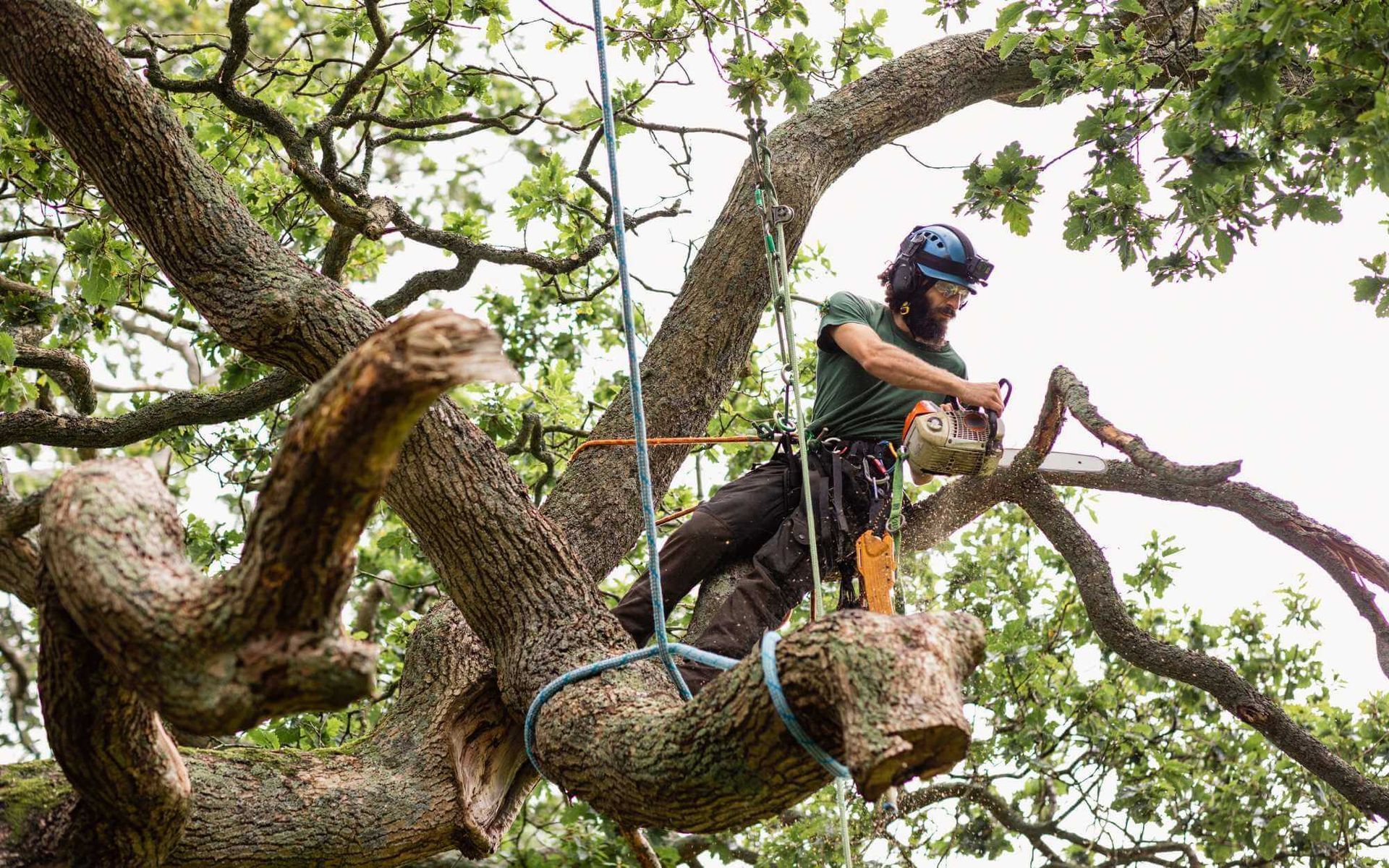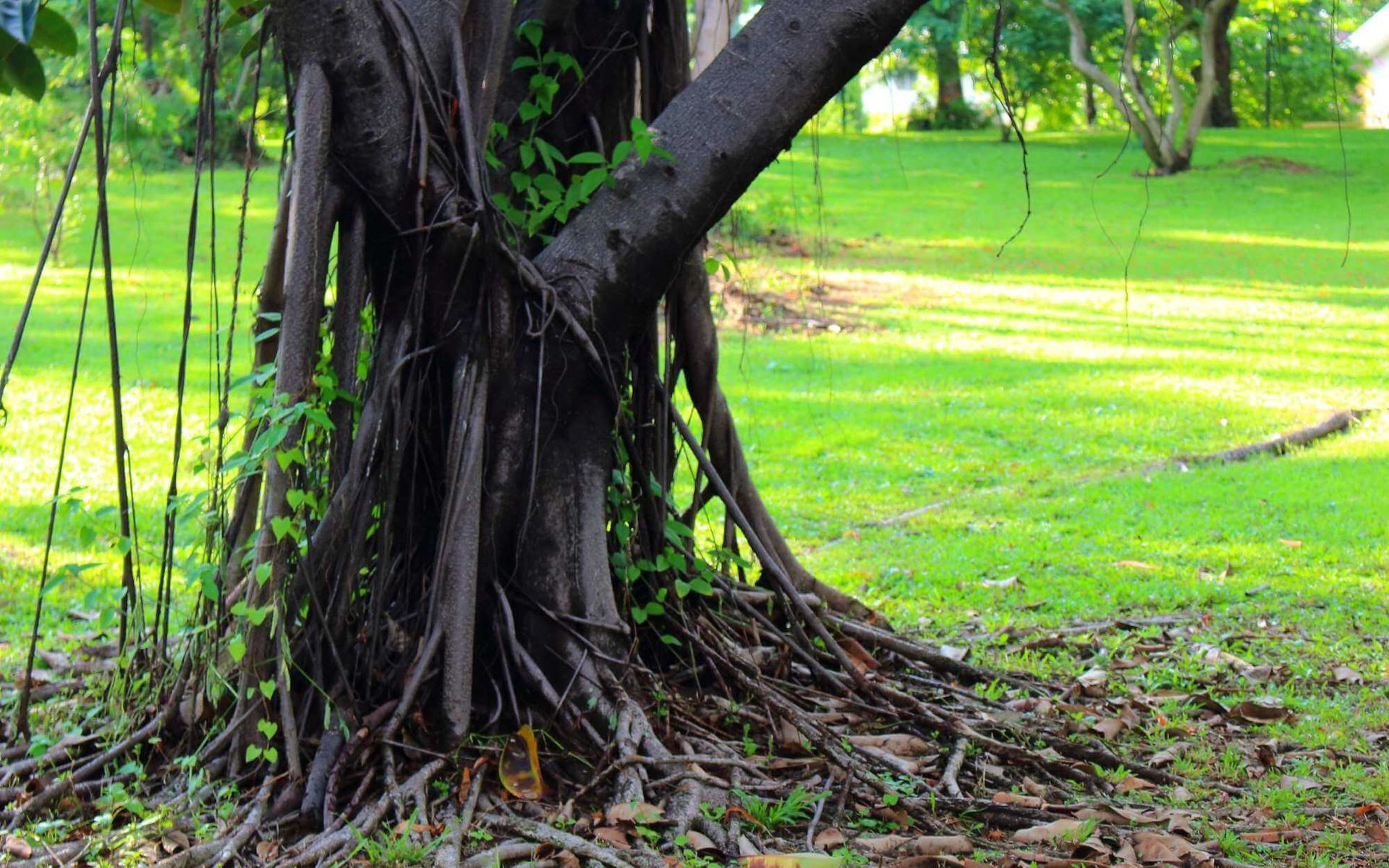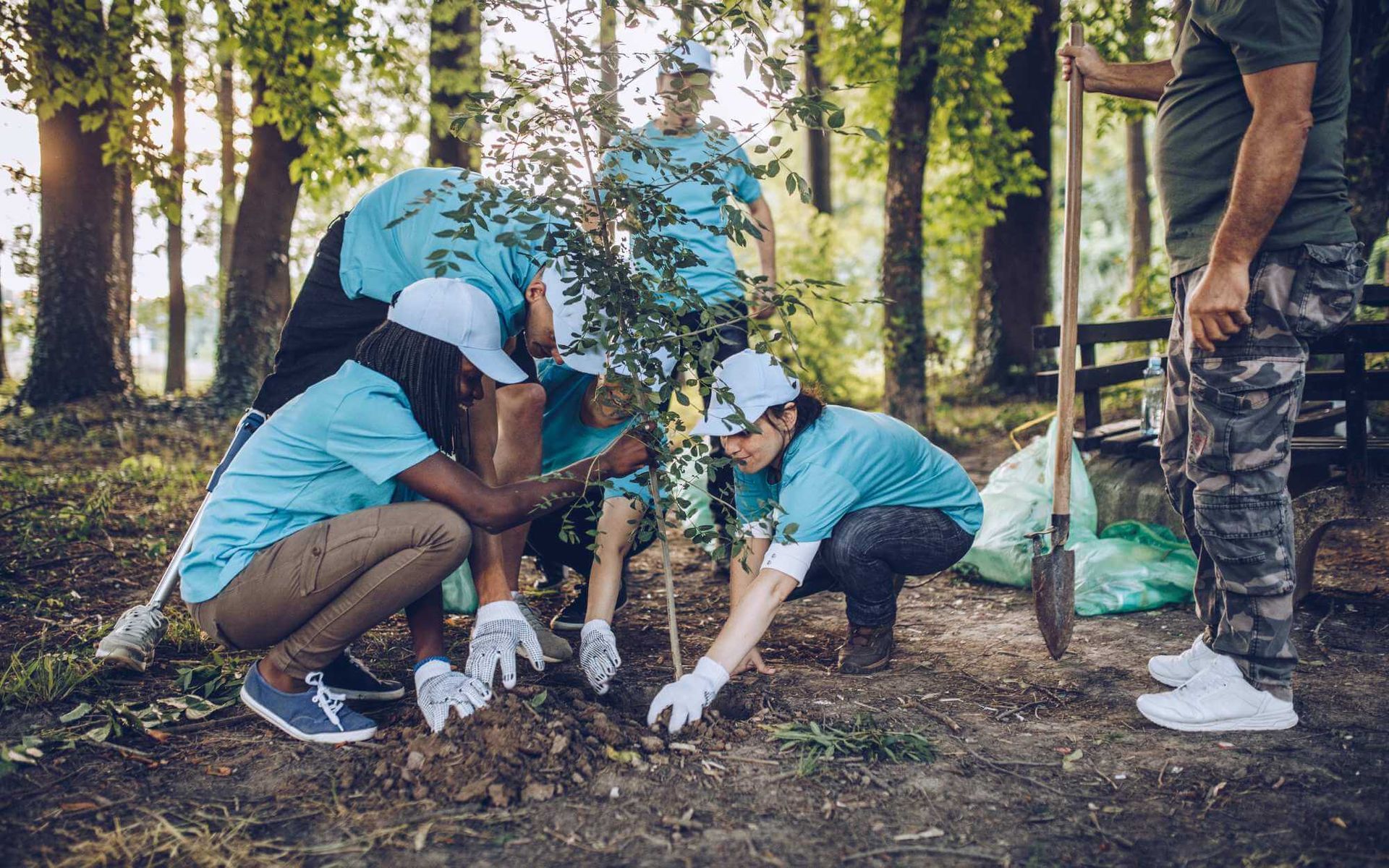Navigating City Tree Removal Laws, Permits, and Compliance
PUBLISHED ON
SHARE THIS ARTICLE

Urban trees in South Florida are more than just aesthetic embellishments. They're vital components of the ecosystem and contribute greatly to the quality of life for its residents.
Majestic palms and lush canopies provide much-needed shade, reducing heat in the sweltering summer months and lowering energy consumption. They also serve as natural air filters, taking in carbon dioxide and releasing oxygen, which helps mitigate pollution levels.
Beyond environmental benefits, they play a crucial role in preventing soil erosion and boosting local wildlife habitats. However, as beneficial as these urban trees are, there must be a balance between preserving nature and allowing for urban development.
This is where city tree removal laws and permit requirements come into play. They're designed to ensure a thoughtful approach to urban planning and maintain the long-term health of South Florida's urban forests.
Today, we'll help you understand these regulations so you can comply with them. This way you can help protect the verdant beauty that's so characteristic of the region.
Understanding Urban Tree Removal Laws in South Florida
Local ordinances in South Florida require permits for removing trees, with assessments on sustainability, species preservation, and impact on the ecosystem. Regulations also mandate replanting plans and fines for non-compliance, aimed at maintaining the integrity of urban forestry and balancing ecological health with developmental progress.
Before you remove a tree from a private property in South Florida, owners must consider the tree's status—whether it's protected or not—and acquire the necessary permits.
Protected species, like the Mangrove or Bald Cypress, are essential for preserving biodiversity and critical ecological functions such as water filtration and habitat provision. Unauthorized removal can lead to significant fines and legal repercussions.
Property owners must properly identify species, review local tree protection ordinances, and adhere to tree planting requirements to maintain the region's environmental health and aesthetic appeal.
Obtaining Permits for Tree Removal in South Florida

Navigating the permit process for tree removal in South Florida involves several steps, which are important to understand for compliance and conservation of the urban ecosystem:
- Identify the Tree Species: Begin by identifying if the tree is a protected species. You can do this through self-research or by consulting with a tree care expert.
- Hire a Certified Arborist: For an accurate assessment and to ensure your application process is successful, it's advisable to work with an arborist who is certified by a recognized body like the International Society of Arboriculture (ISA).
- Review Local Ordinances: Every municipality may have specific regulations. Check the local government websites or contact city officials to understand the requirements relevant to your area.
- Prepare Documentation: Commonly required documentation includes a site plan showing the tree location, photos of the tree, the arborist's report, and a replanting plan if necessary.
- Submit Permit Application: Complete the tree removal permit application form provided by your city or county government and submit it along with the required documentation and application fees.
- Wait for Inspection and Approval: An official may inspect the site and tree in question before granting the permit. If approved, you'll receive a permit that typically outlines conditions for removal and any replanting requirements.
- Proceed with Removal: Once the permit is granted, you can proceed with the removal under the terms stipulated in the permit, often under the supervision of the hired arborist to ensure adherence to best practices.
Ensuring Compliance with South Florida Tree Removal Regulation

Mitigation and replanting are imperative aspects of tree removal projects to ensure environmental sustainability. South Florida regulations often necessitate that property owners implement a replanting plan to compensate for the loss of the removed tree. This can include introducing new trees or paying into a local tree fund.
Failure to comply with these obligations not only undermines the urban ecosystem but can also result in hefty fines and legal challenges. These fines are intended to dissuade arbitrary removal and encourage residents to consider the broader ecological impact of their actions.
Here are some tips for responsible tree removal practices:
- Ensure a proper tree risk assessment and quality work by hiring a certified arborist.
- Choose suitable native species for replanting to maintain local biodiversity.
- Follow all permit conditions strictly and document the tree removal process.
- Consider the long-term ecological impact before deciding to remove a heritage tree.
- Stay informed about changes in local tree removal ordinances and guidelines.
Green City Compliance
Preserving South Florida's urban tree canopy is essential to the ecological integrity and aesthetic charm of the region. The lush greenery not only shades and cools our communities but also anchors a rich biodiversity. Navigating tree removal with compliance with local laws ensures these precious canopies thrive.
For informed decisions and expert guidance, consult our
ISA-certified arborists and adhere strictly to the required processes. Together, we can protect and enhance our urban forests, keeping South Florida verdant for future generations.
Want a free quote or some friendly advice? Call our team today:






